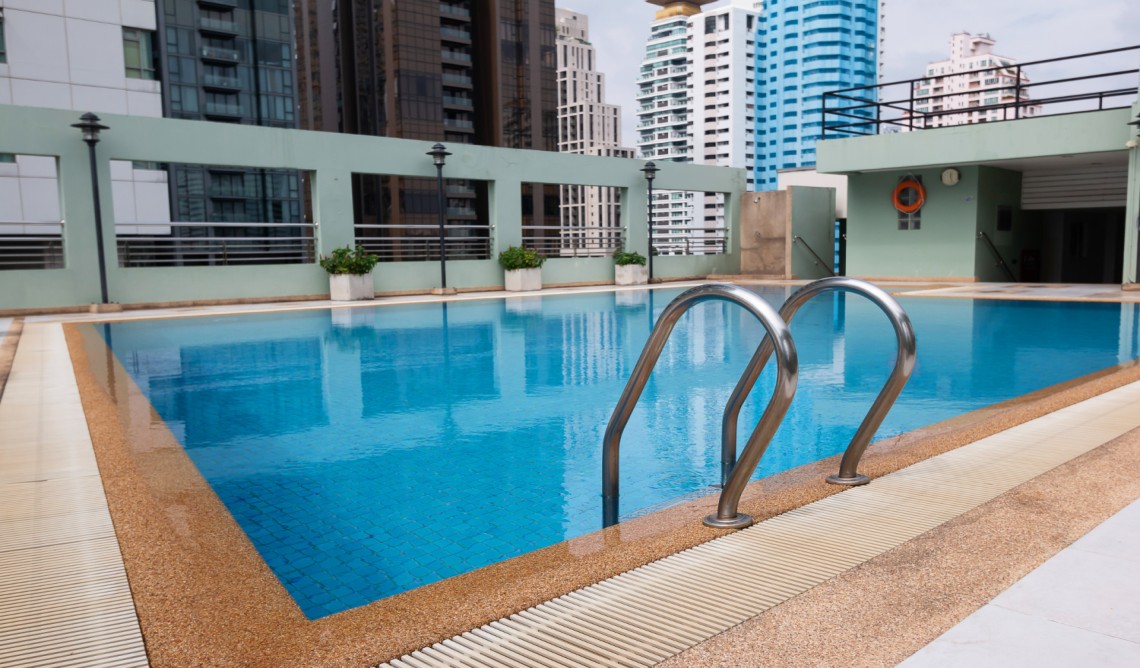
A swimming pool is a luxury, but keeping it clean and hygienic requires consistent effort. Neglecting pool maintenance can lead to murky water, algae buildup, and even health risks. Whether you own a private pool or manage a commercial facility, following a structured maintenance routine ensures crystal-clear, bacteria-free water all year round. Here's a complete guide to keeping your pool in top shape.
Routine cleaning is the first step to maintaining hygiene. Skim the surface daily to remove leaves, insects, and debris. Brush the walls and tiles weekly to prevent algae and calcium buildup. Finally, vacuum the pool floor to clear settled dirt.
Water chemistry plays a vital role in maintaining hygiene. Test the water at least twice a week and ensure these levels are balanced:
Imbalanced water can cause skin irritation, cloudy water, and algae growth. Use a pool testing kit to monitor levels and adjust chemicals as needed.
The filter is your pool's best defence against contaminants. Depending on the type of filter (sand, cartridge, or diatomaceous earth), clean it according to the manufacturer's recommendations. Backwash sand filters when the pressure gauge is 8-10 psi above normal, and clean cartridge filters monthly.
Shocking (or super chlorination) eliminates bacteria, algae, and organic contaminants. This process involves adding a high dose of chlorine or non-chlorine shock treatment to oxidize unwanted particles. Do every two weeks or after heavy pool usage.
Good water circulation prevents stagnant areas where bacteria and algae thrive. Run your pool pump for at least 8-12 hours daily to keep water moving. Ensure all jets are functioning properly to distribute chemicals evenly.
Water levels fluctuate due to evaporation, rainfall, and usage. Ensure the water level remains at the midpoint of the skimmer opening. If it's too low, the pump may run dry and overheat; if too high, the skimmer won't work efficiently
Algae turn pool water green and make surfaces slippery. Prevent this by:
Encourage swimmers to shower before entering the pool to reduce body oils, lotions, and dirt. Keep pets out of the pool to minimize bacteria. Also, avoid urinating in the water, as it reacts with chlorine to form irritants.
Even with diligent care, professional maintenance is essential. A pool technician can inspect the pump, filter, and plumbing system for potential issues and provide deep cleaning services.
A hygienic pool isn't just about clear water—it's about ensuring a safe and enjoyable swimming experience. By following these simple maintenance steps, you can keep your pool fresh, inviting, and bacteria-free all year long. Happy swimming!